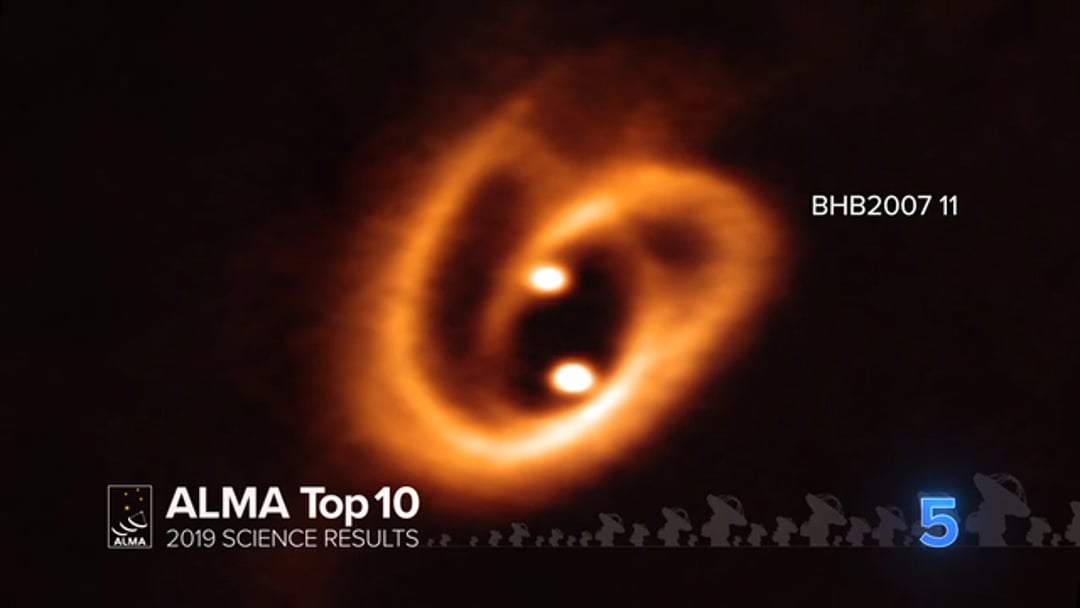How to Chart a Path Through the Galaxy Using Extrasolar Planetary Systems

Question:
Serious question. If someone wanted to leapfrog across the galazy visiting solar system (not planets) and were to start at Earth in a spacecraft and travel to the nearest solar system (Alpha Centauri, call it #2), what would be the next step after that? The solar system which is closest to Alpha Centauri (not Earth’s, obviously)? Call that one #3. Then from #3 what would be #4 (obviously cannot be #3, but must be the closest other one to #3, and then #5, and #6, and so forth, ect… So it would be like walking on stepping stones across the sky, but using solar systems.
Answer:
Let’s start by charting a path through our Galaxy using extrasolar planets by checking out the information in the NASA Exoplanet Archive. Select the “Composite Planet Data” under the “Data” pull-down menu and sort the resultant list of exoplanets by distance. Of the exoplanets with known distances, Proxima Centauri would be the first stop, at 1.3 parsecs (about 4.2 light years). Next would be a planet called GJ411 at 2.5 parsec, and then Epsilon Eridani at 3.2 parsec after that. One could map a path throughout our Galaxy using this archive. if you instead want to chart your path using just extrasolar planetary systems (stars with multiple planets), you can use the “Planetary Systems” archive in the NASA Exoplanet Archive. You will find that Proxima Centauri and Epsilon Eridani are the closest and next-closest. You can continue from there using this planetary systems listing.





